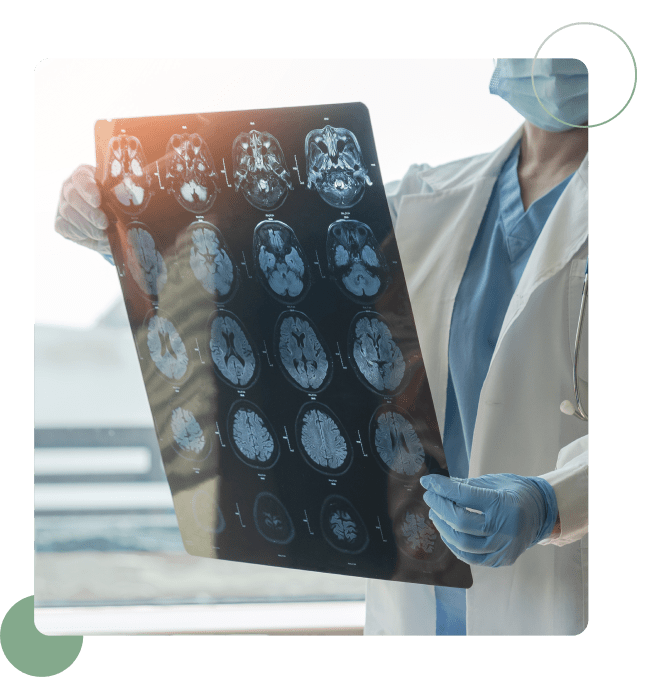What is Considered Traumatic Brain Injury?
Traumatic brain injury (TBI) is a significant public health concern affecting millions of people each year. These injuries can range from mild to severe, impacting brain function and overall quality of life. Understanding the different types of TBI, their symptoms, and the available treatments is crucial for effective management and recovery.
































